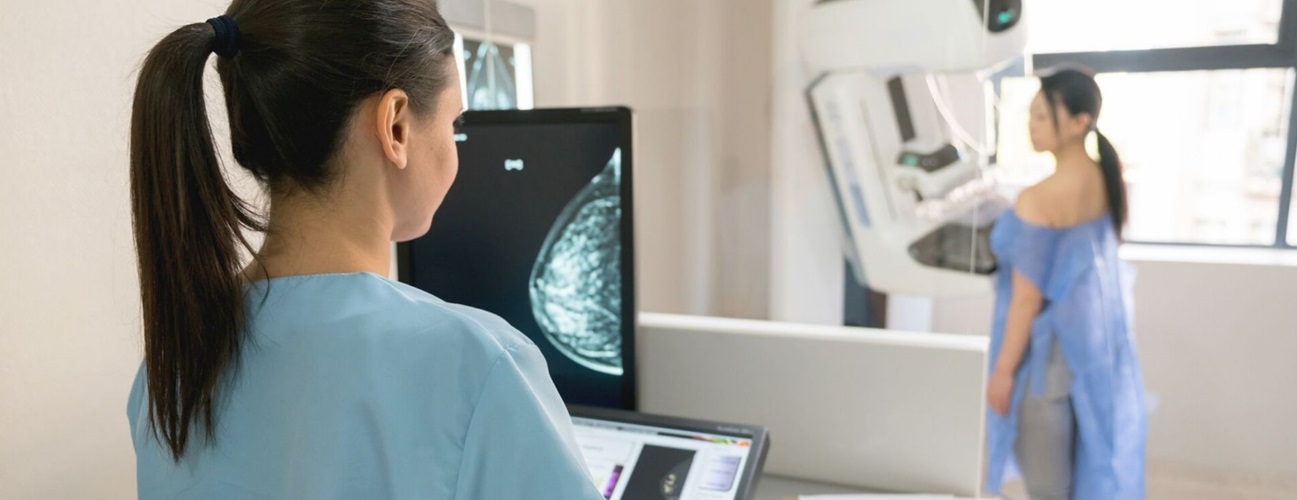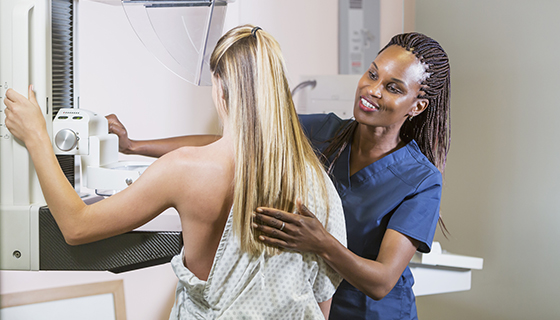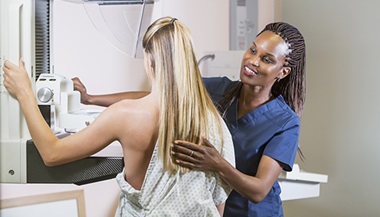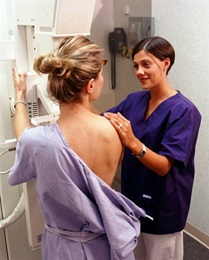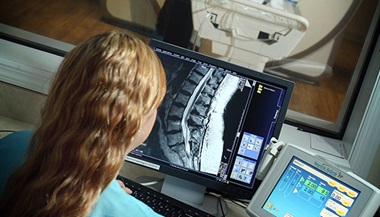My Doctor Says I Have Dense Breasts: What Are Dense Breasts?
Reviewed By:
What are dense breasts?
Johns Hopkins breast imaging specialist Kelly Myers, M.D. explains: In general, breasts have glandular and fatty tissue. Breast density refers to the amount of glandular and fibrous tissue. Dense breasts have mostly glandular tissue, with just a little fat tissue. A woman’s breast density can change through her life.
There are four types of breast density, from most to least dense:
- Extremely dense
- Heterogeneously dense
- Scattered fibroglandular density
- Almost entirely fatty breast tissue
How do I know if I have dense breasts?
Among women, 45% have dense breasts. Breast density can only be determined through a mammogram. Many states require that mammogram reports include information about breast density.
Who reads my mammogram to determine if I have dense breasts?
After your mammogram, you will receive a written report with the radiologist’s findings. Radiologists are medical doctors who have completed a four-year residency in radiology and who specialize in diagnosing and treating conditions using medical imaging.
Breasts imaging specialists are radiologists who only read breast imaging exams. Early-stage cancers are more often detected by women who have their mammograms read by breast imaging specialists.
If your state doesn’t require breast density to be included on a mammogram report, you can ask your radiologist to tell you your classification. With this information and your family history, your doctor can determine if you need more screening exams.
How do dense breasts affect the detection of breast cancer?
Small cancerous areas may be harder to see in dense breasts. Myers says that on a mammogram, glandular (dense) tissue “appears white, while fat tissue appears dark. In a scan with mostly dense tissue and therefore lots of white, it may be harder to find a small cancerous area,” which also is white. “It is easier to detect an abnormal change in the dense glandular tissue if it is surrounded by darker fat, rather than if it is surrounded by white gland tissue,” Myers says.
Do dense breasts increase breast cancer risks?
Studies have shown that dense breasts have an increased risk of developing cancer, compared to non-dense breasts.
Imaging Options for People with Dense Breasts
While it is recommended that all women get mammograms starting at age 40, women with dense breasts should consider the range of options for breast exams. Talk with your doctor to make informed decisions about breast cancer screening.
- 3D mammogram: Also called tomosynthesis, 3D mammography is the most advanced imaging technique available. It uses X-rays to capture thin images of the breast, which are then combined to create a detailed three-dimensional image. 3D mammography improves breast cancer detection for all women, including those with dense breasts. 3D mammography also decreases the chance that a patient will be called back for more imaging to clarify an area of uncertainty on the mammogram.
- Breast ultrasound exams may be added to screen women with dense breasts.
- Breast MRI exams are reserved for women at increased risk.
Can I change my breast density?
No — breast density is determined by genetics, age, menopause status and family history. Weight gain and certain medications can also influence your breast density.
Though your breast density can’t be changed, information is power. Being aware of your breast density classification can help you and your doctor make informed choices about your care.

